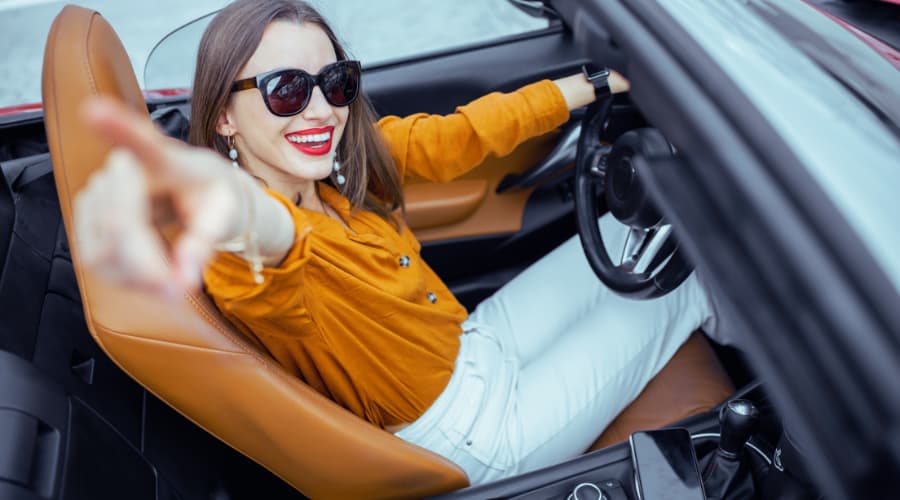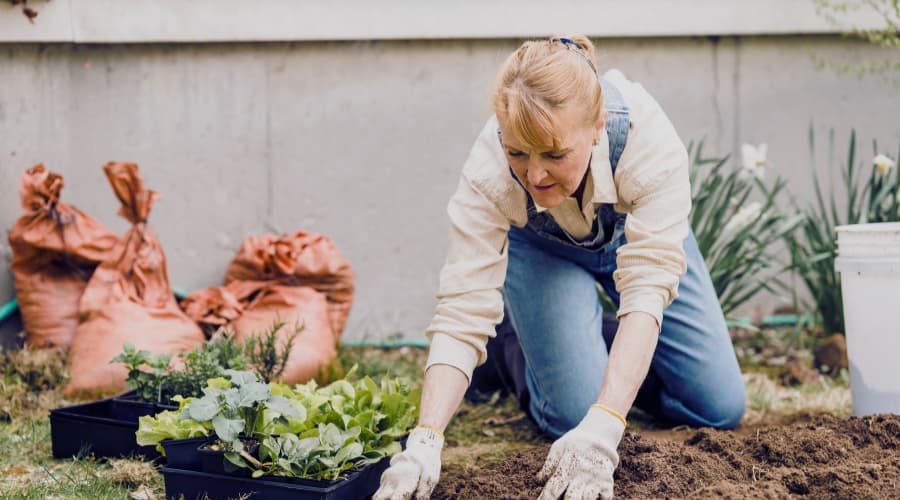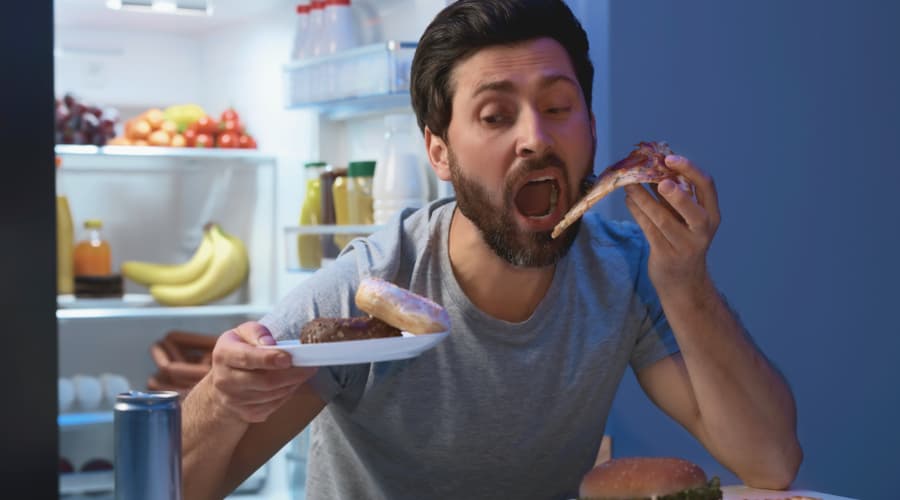Is there a difference between osteopathic massage and sports massage?
An osteopathic massage focuses more on diagnosis and treatment of the whole body, focusing more on underlying factors that led to a particular problem. Whilst a sports massage focuses on the impact of sporting activities on specific muscles, ligaments and soft tissue groups.
The following piece sheds light on both types of professions, when they are required, and the various benefits of both.
Osteopathic Massage
Osteopathic massage is a routine that detects, prevents and treats health problems by stretching, moving and massaging an individual’s muscles and joints. The basic principle of osteopathy addresses the overall wellbeing of a person depends on the collaborative functioning of the:
- Ligaments
- Bones
- Muscles
- Connective tissue
Your osteopath performs physical manipulation, massaging and stretching with the aim of:
- Enhancing joint mobility
- Helping your body to heal
- Relieving muscle tension
- Boosting blood supply to tissues
Osteopathic massage helps individuals with the following conditions:
- Sports injuries
- Arthritis
- Shoulder and elbow pain
- Lower back pain
- Uncomplicated neck pain
- Muscle and joint pain
- Problems with hips, legs and pelvis
Sports Massage
Sports massage involves manual manipulation of muscles for individuals who lead physically demanding lifestyles. It focuses on the impact of certain procedures on specific muscle groups, joints, ligaments, tissue groups and tendons.
Benefits of sports massage include:
- Relaxation
- Removal of toxins
- Recovery
- Performance enhancement
- Better sleep
People who could benefit from sports massage include:
- Fitness newcomers – You don’t have to be a professional athlete to benefit from sports massages. Everyday day activities can push your body to new physical levels. Therefore, a sports massage is necessary to manage the impact a particular activity has on your body. For greater efficiency, incorporate both a care plan and assessment as part of your therapy.
- Dedicated athletes – Talent-driven individuals with the aim of turning their abilities into a profession. They are top candidates for consistent sports massage since they need real dedication, serious planning and professional support to get to a career level in sports. Therefore, sports massage helps the individual avoid muscle damage and prolonged injuries.
- Amateur athletes – An average person is more susceptible to injuries when they engage in sporting activities because they have inadequate time and resources to engage in professional training. Amateur athletes engage in sporting activities for fun. In the process of enjoying these physical activities, they may end up having accidental injuries. A sports massage helps in relieving the pressure and goes the extra mile in preventing future injury cases.
Note: Once an individual qualifies in any of the two professions, they have the option of attending Continued Professional Development (CBD). Here, they can learn spinal manipulation, cupping, acupuncture, tapping, and so much more. The courses are short, taking 1-4 days.
The Difference between Osteopathic Massage and Sports Massage
Osteopathic massage is a regulated profession, and if you call yourself an osteopath, you must seek registration under the General Osteopathic Council. Before registering, you must have undergone 4-5 years of training to obtain an osteopathy degree.
Osteopaths follow a code of practice while undertaking various techniques to achieve holistic treatment. If they fail to follow these standards, they may be subject to investigation from the governing council.
Sports massage, on the other hand, is not a protected name. Anyone can opt to call themselves sports masseurs. To qualify as one, you can take an online course lasting 2-3 years. A sports massage therapist can come up with their style of treatment. He/she can purely treat sports people, while another may apply the different massaging techniques to any patient requiring a deep tissue treatment.
How Do Both Treatments Differ?
Osteopathy features a complete treatment, overall management and treatment system. Your osteopath generally looks at your body, makes valid connections and applies this detailed knowledge to address your body’s issues using manual techniques.
Some of the techniques applied in osteopathy include:
- Joint articulation
- Stretching
- Massage
- Joint manipulation
Osteopathy aims to release restrictions in joints and soft tissue, improve lymphatic drainage and enhance nerve and blood supply. Additionally, your osteopathy identifies other possible factors that may be influencing prolonged pain, such as
- Diet
- Postural habits
- Activities
- Thoughts – your thinking can impact how your body interprets pain.
Generally, osteopathy involves more than just hands-on treatment. Your osteopath will ask about your lifestyle, with additional assessments to ensure they address all issues. The sense of touch during an osteopathic massage makes this mode of treatment unique from other massages.
On the other hand, sports massage does not involve in-depth assessment. Although a sports massage therapist will undertake a short assessment and case history, massage treatment commences quickly. The focus is more on treatment rather than diagnosis.
Sports massage techniques include:
- Stretching
- Light and deep massage
- Deep friction
If you are active in sports and have been experiencing minor strains or injury, seek a sports massage. It enhances healing and prevents future cases of injury. Since sports massage incorporates various techniques, you must talk to your caregiver so that they may expound more on treatment options.
Which is the Best Form of Treatment Between the Two?
While each mode of treatment has its unique features, you may find that your osteopath or sports masseur has undergone further training. They may, therefore, have additional knowledge and experience in performing a variety of techniques.
Regardless of which treatment plan you choose, take notice of what works out best for you. Therefore, if your body responds well to either of the two, and the overall feeling after treatment is superb, stick to that specific plan.
The chances of getting fixed after just one session are minimal. You have to make several appointments with your sports masseurs or osteopath to get reliable results.
Tips before Getting either an Osteopathic Massage or Sports Massage
There are a lot of benefits associated with indulging in either osteopathy or sports massage. For example, you get a boosted circulatory system, improved flexibility, reduced chances of sustaining an injury, and so much more. However, you need to consider a few things before you book an appointment:
- Vet your therapist before embarking on a treatment plan: Enquire about their training, experience and whether they are legally registered.
- Take in fluids before arriving for the massage: Dehydration may stiffen your fascia and muscles, leading to a painful massage. Drink adequate amounts of water before you rest on that massage table.
- Soreness after a massage is normal. When the massage session is over, you may feel your muscles and joints screaming at you. It is normal. In fact, soreness may help the therapist identify more areas of weakness, which should receive additional attention.
- For sports enthusiasts, consider incorporating a massage into your plan. Once in a while, maybe a month, visit your therapist so that they may relieve your muscles and prevent injuries.
- Do not engage in a post-massage workout: Working out after a massage is counterproductive. Wait until the next day to resume your exercise.
- Your therapist is not your medical doctor: Massage therapy does not incorporate any drugs or medications. However, they can diagnose a problem and refer you to a doctor for further assistance.
Lastly
There is a thin difference between osteopathic massage and sports massage. An osteopathic massage focuses more on diagnosis and treatment of the whole body, focusing more on underlying factors that led to a particular problem. On the other hand, a sports massage focuses on the impact of sporting activities on specific muscles, ligaments and soft tissue groups.
Both types of massages have numerous benefits, and they all address treatment without having to obtain a medical prescription. The type of massage you choose is entirely up to you. Choose the one that feels more comfortable.
Related Articles
- Osteopathic Massage
- Osteopathy FAQs
- Sports Massage Benefits
- Deep Tissue Massage & Sports Massage Information
- 7 Sporting Injuries Your Chiropractor Can Help With




























